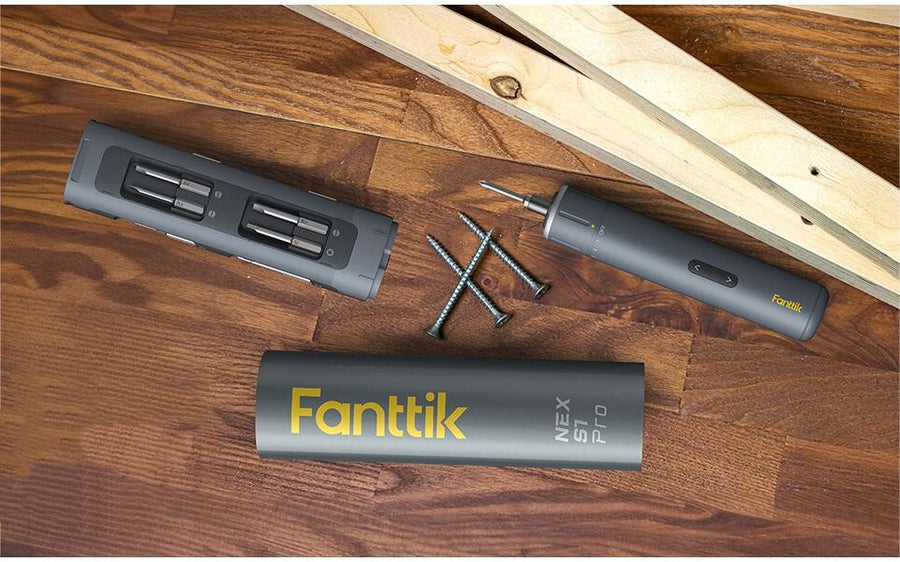When it comes to DIY projects, having the right tools is essential. Among these tools, an electric screwdriver stands out for its efficiency and ease of use. However, understanding the electric screwdriver torque settings is crucial for achieving optimal results. This guide will delve into the significance of torque settings, how to adjust them, and why they matter in your projects.

What Are Electric Screwdriver Torque Settings?
Electric screwdriver torque settings refer to the amount of rotational force applied by the screwdriver when driving screws. This setting is vital because it determines how tightly a screw is fastened without stripping the material or damaging the screw itself. Typically, torque settings are adjustable, allowing users to customize the force based on the material and screw type.
Why Are Torque Settings Important?
Understanding the importance of torque settings can significantly enhance your DIY experience. Here are a few reasons:
- Prevents Damage: Using the correct torque prevents over-tightening, which can strip screws or damage the material.
- Improves Efficiency: Proper torque settings allow for faster assembly and disassembly, saving you time on projects.
- Enhances Safety: Correctly fastened screws reduce the risk of components coming loose, ensuring safety in your projects.
How to Adjust Electric Screwdriver Torque Settings
Adjusting the electric screwdriver torque settings is generally straightforward. Most electric screwdrivers feature a torque adjustment collar or a digital display. Here’s how you can adjust the settings:
- Identify the torque adjustment mechanism on your screwdriver.
- Turn the collar or use the digital interface to select the desired torque level.
- Test the setting on a scrap piece of material before proceeding with your project.
Choosing the Right Torque Setting
Choosing the right torque setting depends on several factors, including the type of material you are working with and the size of the screws. For instance, softer materials like pine may require lower torque settings, while harder materials like oak may need higher settings. If you are unsure, start with a lower setting and gradually increase it until you find the optimal force.
Conclusion: Mastering Electric Screwdriver Torque Settings
In conclusion, mastering electric screwdriver torque settings is essential for any DIY enthusiast. By understanding how to adjust these settings and their importance, you can enhance the quality of your work and ensure safety in your projects. For those looking for a reliable electric screwdriver, consider exploring options like the  , which offers precise torque settings for various applications.
, which offers precise torque settings for various applications.







